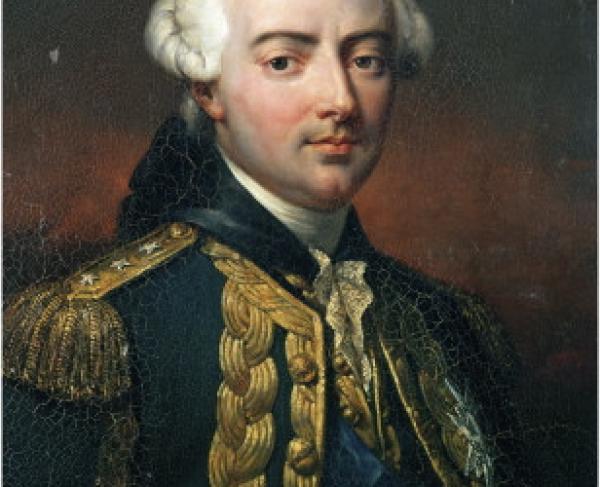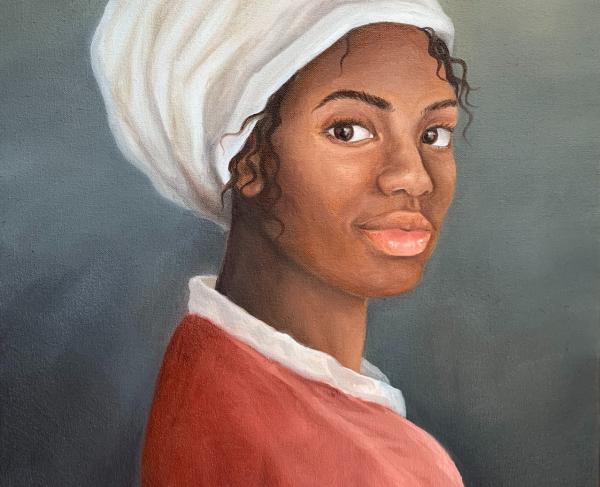Comte d'Estaing

Jean Baptiste Charles Henri Hector, Comte d'Estaing, was born November 24, 1729, in the south-central region of France. Coming from a lifelong military family, his father was a lieutenant for the French Army. At nine, he was placed into the musketeers and rose through the ranks, becoming a lieutenant at seventeen. In 1746, his regiment aided Marshal Saxe during the War of Austrian Succession. He promoted to colonel and was wounded during a siege. After the war, d'Estaing aided in training the French army until the outbreak of the French and Indian War in 1755. His regiment sailed to Cuddalore, British-occupied South India, and engaged in combat against the Royal Navy. After placing a siege on British territory, the French and the Royal navy faced in combat. D'Estaing was quickly surrounded by the British, wounded twice, forced to surrender, and taken prisoner by the British governor. Upon release, he continued his service by commanding fleets for the French East India Company. After the French and Indian War, d'Estaing served as governor of the Caribbean Leeward Islands for two years (1764-1766). He returned to France and, in 1777, was appointed Vice Admiral of the Asian and American seas.
The following year, in 1778, the France government signed the Franco-American alliance, agreeing to support the colonies in the American Revolution. Determined to help the colonies, d'Estaing left France with sixteen ships—mostly ships of the line—and 4,000 men. He arrived in July and began blockading William Howe's fleet in New York Harbor. Due to the size of d'Estaing ships, he could not enter the harbor making the blockade useless. He began corresponding with colonial generals, including George Washington, and planned a coordinated attack on Newport, Rhode Island. According to the plan, d'Estaing would draw the British fleet out to sea and engage in a naval battle; in doing so, the navy could not provide reinforcements and supplies to the British army. D'Estaing's fleet successfully drew the British out to sea, but a violent storm separated the fleets before conflict could occur. With his fleet damaged, he sailed to the West Indies for repairs. Upon arrival, d'Estaing attempted to capture neighboring British territory St. Lucia but was swiftly defeated by the Royal Army and the Navy. As his fleet was being repaired, he tried to capture Grenada for France but was stopped by British Admiral John Byron.
In 1779, d'Estaing left the West Indies defeated and sailed toward Savannah, Georgia. With his newly repaired fleet, he joined the colonial navy to lay siege to Savannah. From September to October, the French and Americans worked together, the navy bombarded the forts, and the army planned a significant assault. The assault on Savannah failed, and d'Estaing suffered severe injuries and was forced to end the blockade. He returned to France in 1780 and was replaced by Admiral de Grasse. While in France, he participated in politics on the royal family's side. In 1789, the French Revolution began, and the people targeted him due to his support and friendship with the queen. In 1794, he was placed on trial and sent to the guillotine despite supporting social reforms. D'Estaing last words before he was beheaded were, "After my head falls off, send it to the English, they will pay a good deal for it!"

